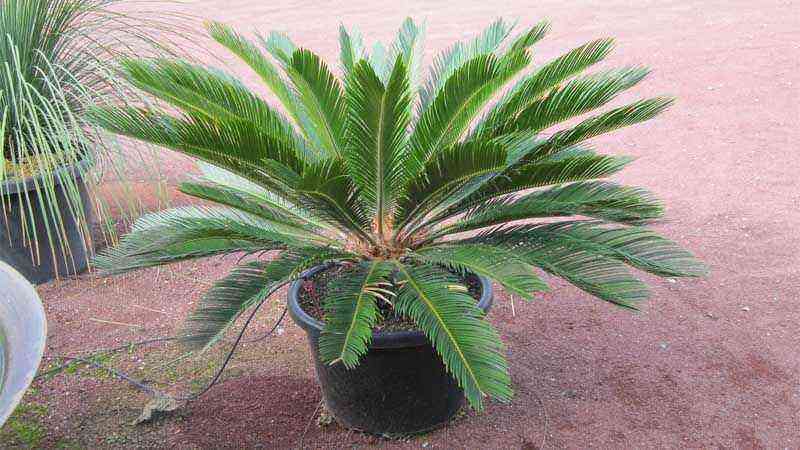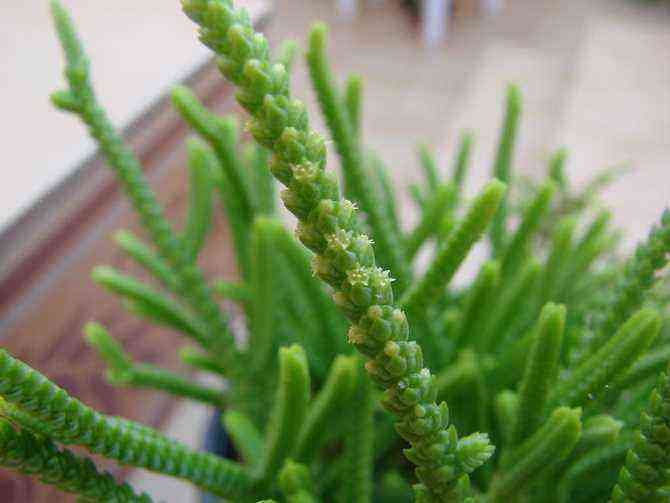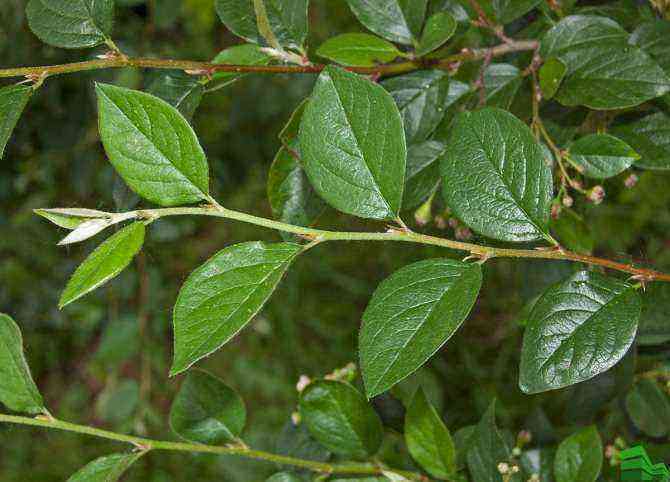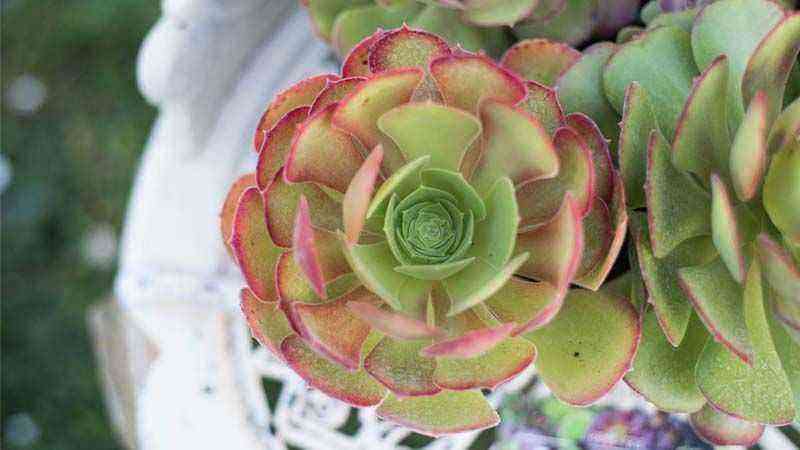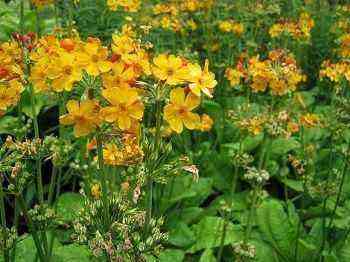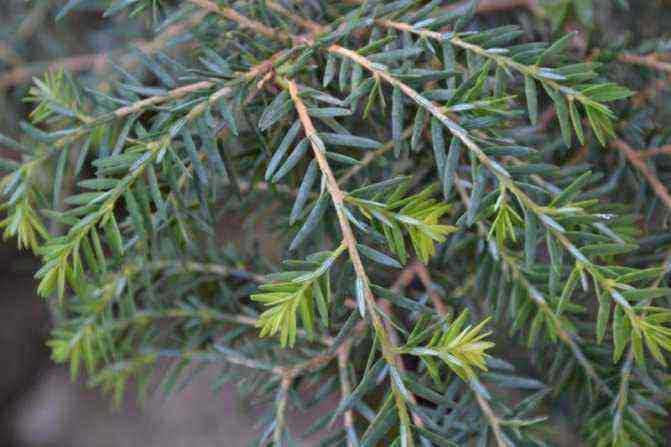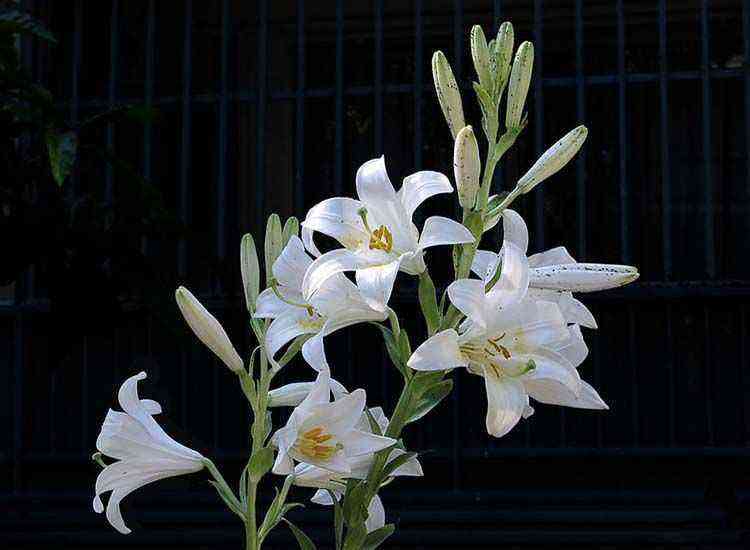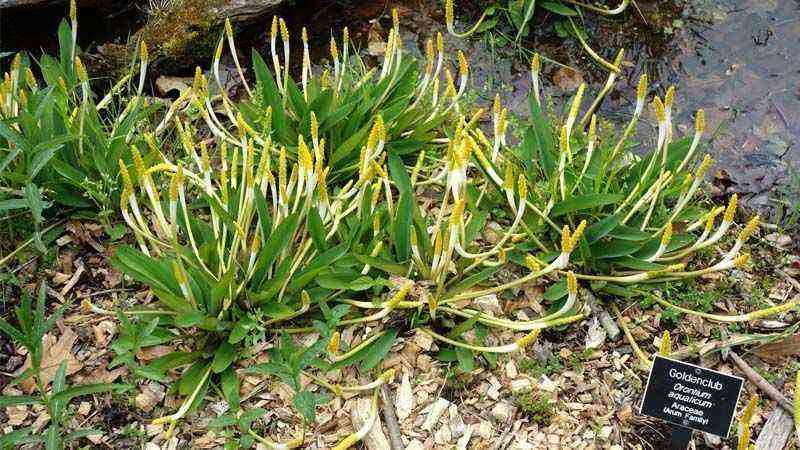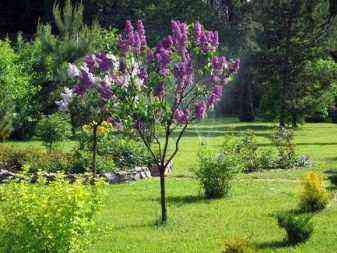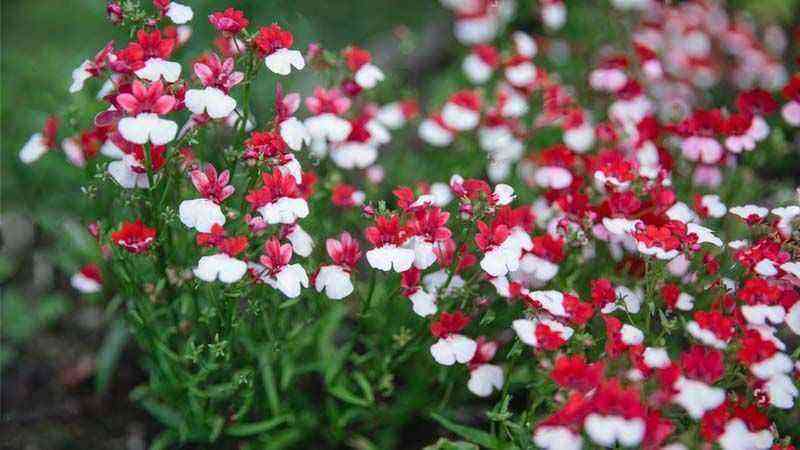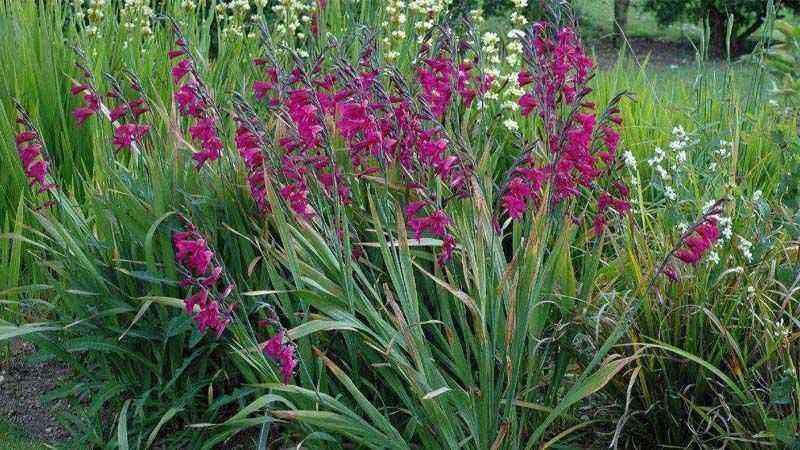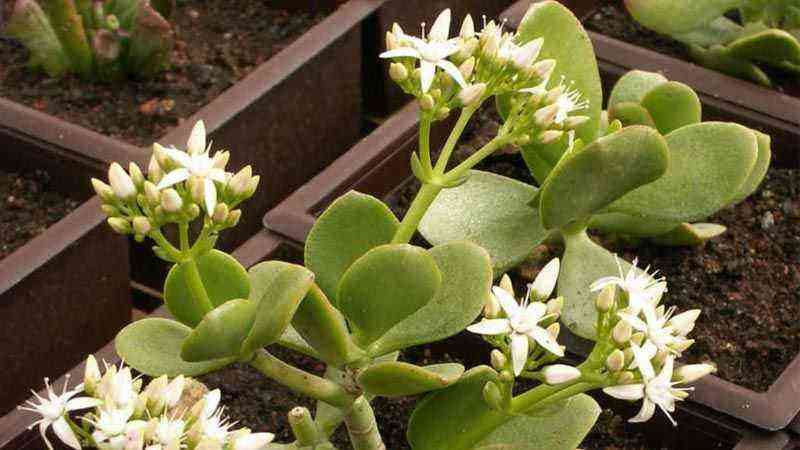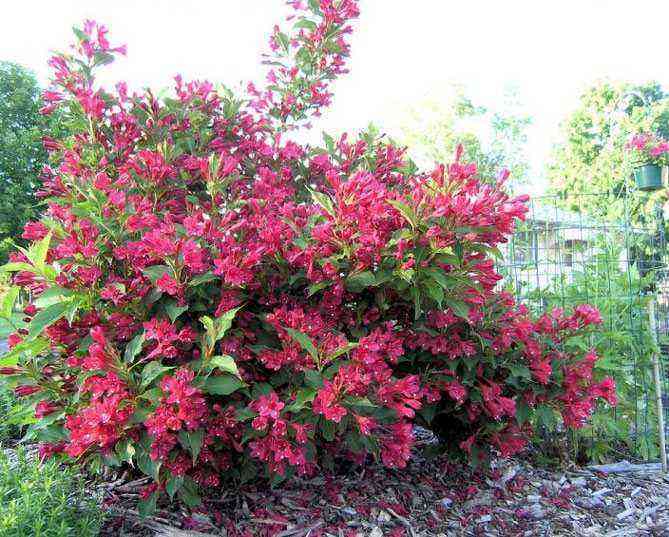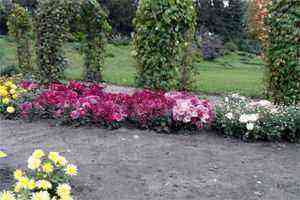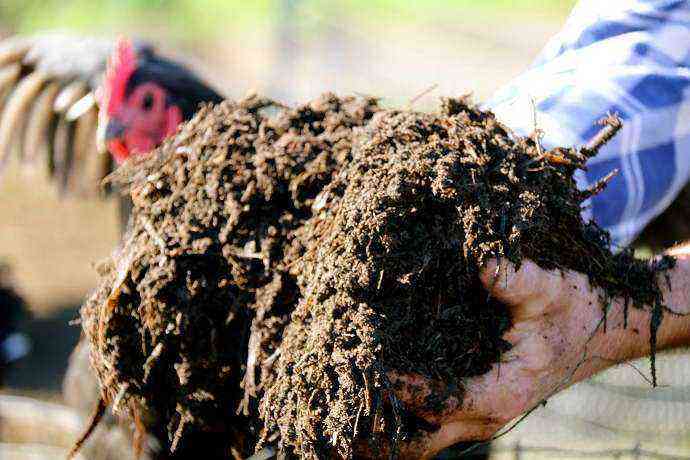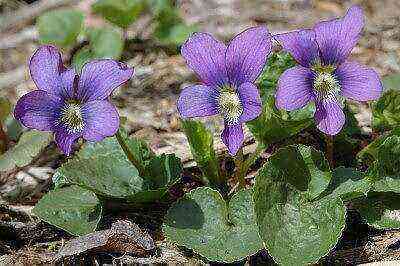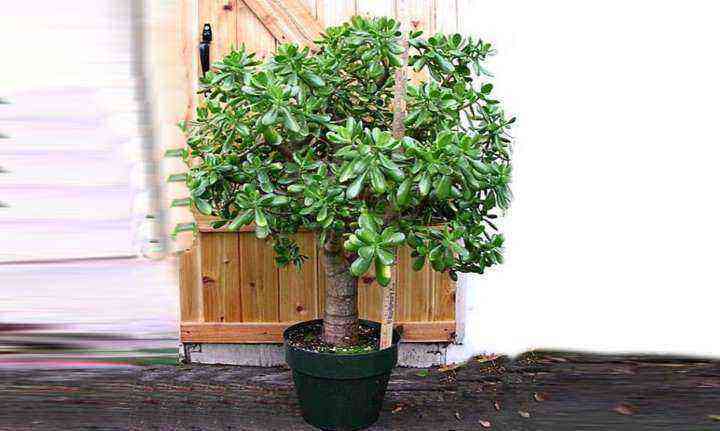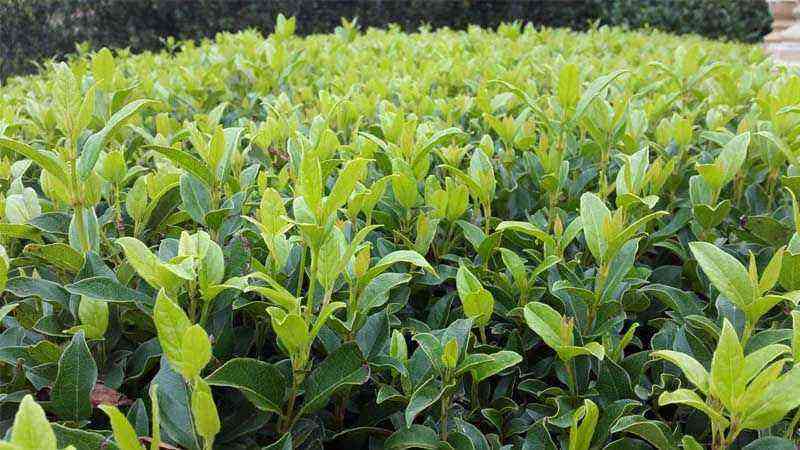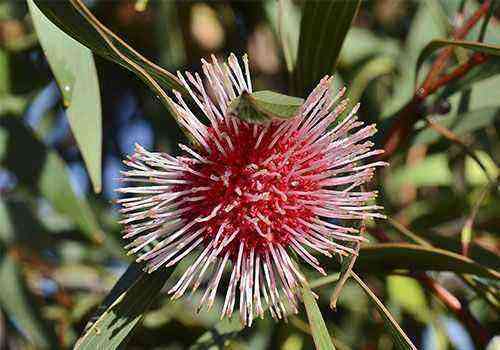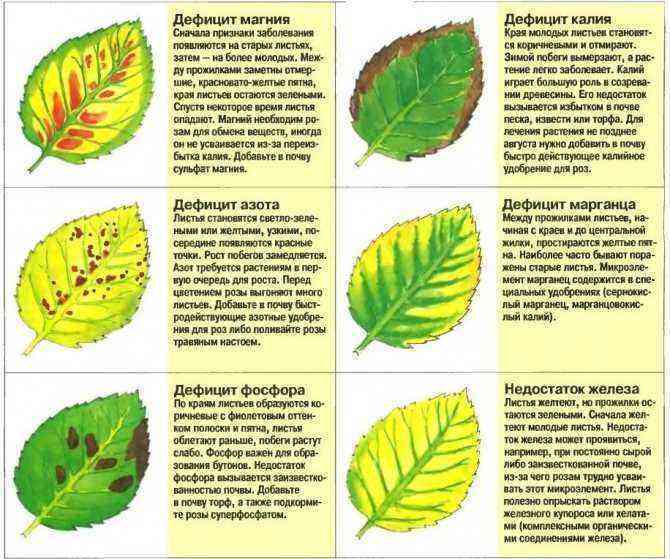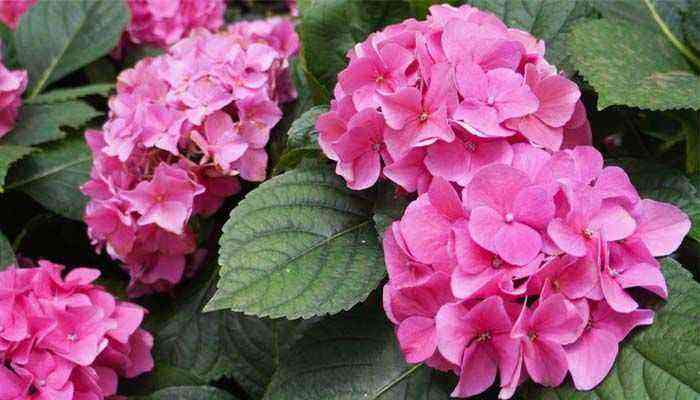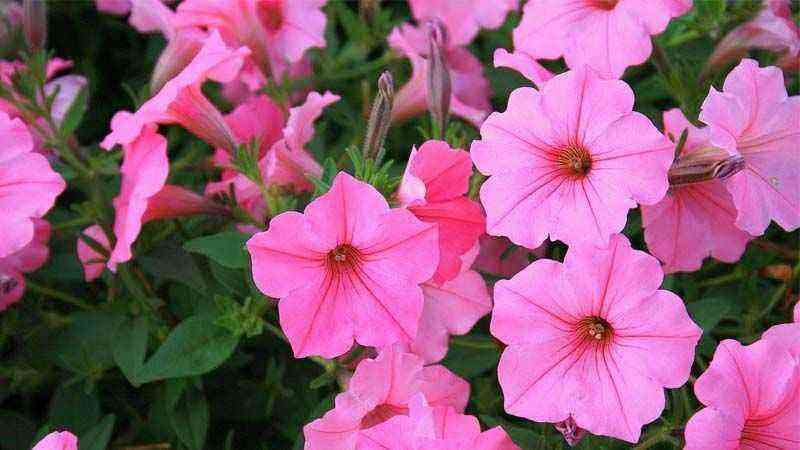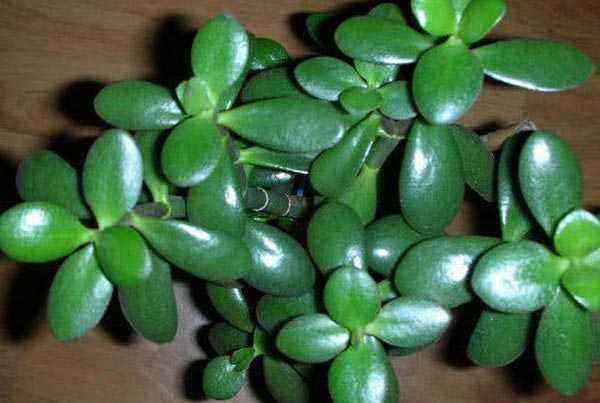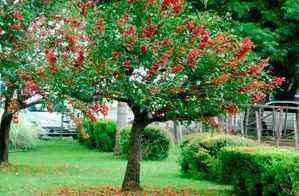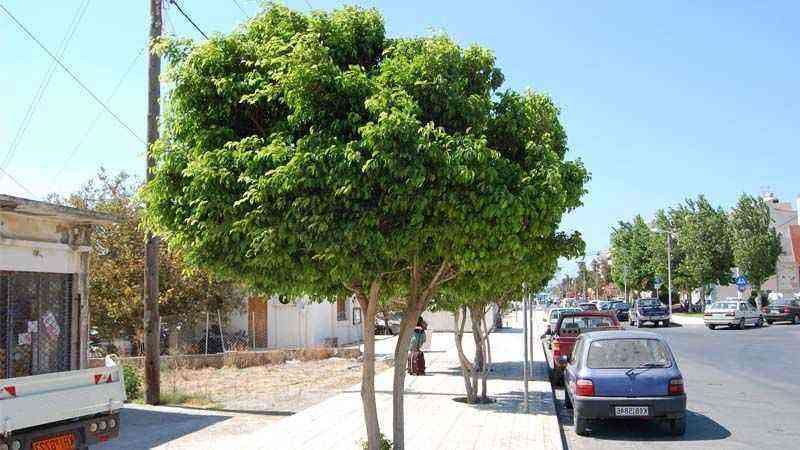Cycas revoluta It is considered a rare and primitive species, native to Japan, and it is usually grown indoors, since it takes a lot of time to adapt to the cold. In temperate climates we can see them more and more outdoors, (and more with climate change).
If the idea of adding a cyca revoluta to your garden, come over here!
Morphological characteristics of sago palm (cycas revoluta)
Cycas revoluta It has a robust, cylindrical trunk, generally short and unbranched, with a very characteristic appearance as it is covered by the foliar bases. Have a very slow growth, since large specimens over 25 years old only reach a meter and a half in height. Even so, they do not usually reach more than 3 meters in height.
The leaves that crown the rosette-shaped trunk are pinnate, shiny, and very dark green. These leaves can be more than 1 meter long. The cycas revoluta It has flowers, only they are not very showy and have a structure similar to that of conifers.
And as is also the case with palms, the flowers appear on individuals of different sex, having male feet and female feet (dioecious). Male palms develop polyniferous cones, and female palms have cones where they store seeds.
Palm reproduction Cycas revoluta
La germination of cycas revoluta it is very slow, and can be extended from 6 months to 1 year. In addition, the seeds must be subjected to a softening process called stratification. It is the same process that is carried out for all seeds that have a hard and resistant cover. There is another option for playing the cycas revoluta (faster, yes) which consists of obtaining new copies from the suckers that appear at the base and along the trunk.
These are carefully pulled out in spring and planted in a small container with a mixture of soil and sand.
Be that as it may, the plants obtained by either of the two methods and grown in pots will be allowed to develop in indoor conditions time until they can safely adapt to the external environment, that of our garden. Well, this transplanting the cycas revoluta to garden conditions is not mandatory. In fact, it is not recommended if you live in areas with a cold climate, because as we have already mentioned before, it is quite sensitive to freezing temperatures.
The care of this little palm tree
We don’t get tired of saying it drainage is important, and in this plant quite a lot. When we plant a Cycas revoluta we have to make sure that the land drains well and does not produce puddles.
As for irrigation, it will depend on whether we grow it indoors or outdoors. Outdoors it will require more watering, but being a palm tree it should not be excessive either. (watering every 4-5 days). In the subscriber theme There is no need to worry much since we can find them spread over a large number of areas and not necessarily in rich soils. Add a good substrate close to the trunk once a year.
- Botanical name: Cycas revoluta.
- Common name: sago palm, japan sago, cica.
- Exhibition: sol o semisombra.
- Temperature: keep them protected from cold or frost.
- Soil type: any type, but with good drainage.
- Multiplication: by seeds (slow, from 6 months to 1 year) or by shoots.
Pests of this palm tree
Pests always and practically in all crops. The most frequent that can appear in this palm are the mealybugs, located on the underside of the leaf. They can be of several types: scale insects, flat mealybugs and scale.
In our category of plagues and diseases we have an extensive list of active ingredients to treat mealybugs, as well as ecological insecticides.
